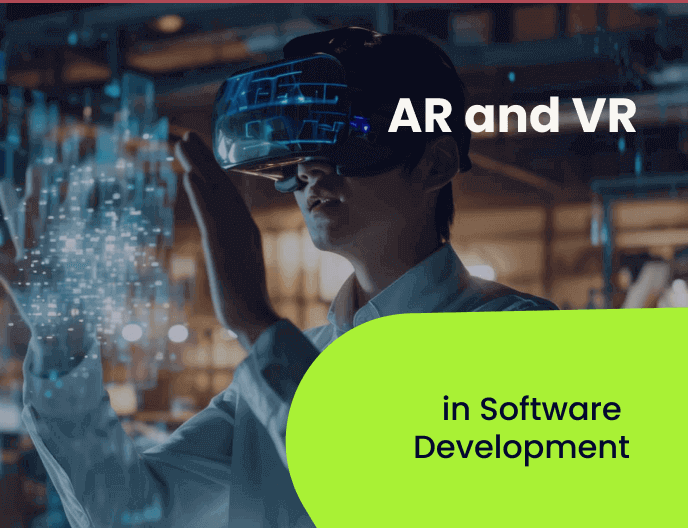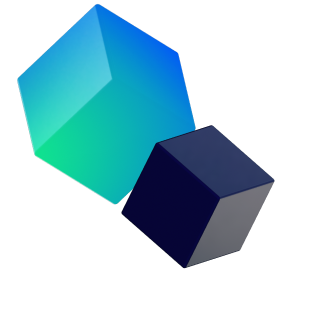
The panorama of software development is currently a craft. Flat screens and static interfaces are becoming relics of the afterlife. We’re hurtling toward a destiny in which virtual stories bleed into the real world, and entire digital universes come alive at the touch of a button. This transformation is being fueled by a powerful era: Augmented Reality (AR) and Virtual Reality (VR).
Augmented Reality (AR)
AR has rapidly emerged as a transformative stress in software development, redefining how we interact with digital content material in the physical world. Unlike Virtual Reality (VR), which places clients in completely digital environments, AR overlays virtual data in the real world, seamlessly blending the digital and physical geographic realms. This dynamic integration provides unlimited opportunities for developers to innovate across multiple industries.
Virtual Reality (VR)
VR catapults users into immersive virtual environments, providing experiences that go beyond the confines of physical space. From immersive gaming to immersive educational simulations, VR has the potential to revolutionize multiple industries by providing unparalleled levels of engagement and realism. For developers, studying the intricacies of VR enhancement opens the door to a vast panorama of creative possibilities.
The Technology and User Experience Interface
At the heart of AR and VR is an important change in the way customers interact with generation. Traditional person interfaces pale in the evaluation of the immersive narratives offered by way of AR and VR programs. Developers need to navigate this interface of generation and customer expertise, reimagining interfaces and interactions to supply seamless and intuitive evaluation in augmented and virtual environments.
Challenges and Opportunities in AR and VR Development
While the promise of AR and VR is enticing, developers face a completely unique set of stressful situations in order to take full advantage of this generation. From optimizing the normal performance of various hardware systems to learning complicated spatial computing ideas, the learning process can be daunting. However, with challenge comes opportunity, and developers who embody the complexities of AR and VR improvement will open up new geographical regions of innovation and creativity.
The AR and VR Ecosystem
In the unexpectedly evolving panorama of AR and VR development, navigating the ecosystem of gear and technology is essential. Frameworks, along with Unity and Unreal Engine, provide a solid foundation for building immersive stories, while ARKit and ARCore offer specialized SDKs for augmented truth development. By using these gadgets and structures, builders can streamline their workflows and concentrate on pushing the limits of what’s attainable in AR and VR.
The Evolution of AR and VR
As AR and VR technology continues to grow and mature, the possibilities for innovation and disruption are limitless. From advancements in hardware, such as lightweight AR glasses and touch feedback systems, to breakthroughs in software applications, such as real-time spatial mapping and sign recognition, the evolution of AR and VR promises to reshape industries and redefine human-laptop interactions.
Conclusion
We can see that AR and VR represent more than just true technological improvements – they include a paradigm shift in how we understand and engage with digital content material. For developers, embracing the AR and VR revolution is a golden opportunity to shape the destiny of software development and create critiques that push the boundaries of creativity.
So as we project into this brave new world of augmented and virtual realities, we should take on the challenges, accept the possibilities, and go on an adventure of innovation and discovery.
